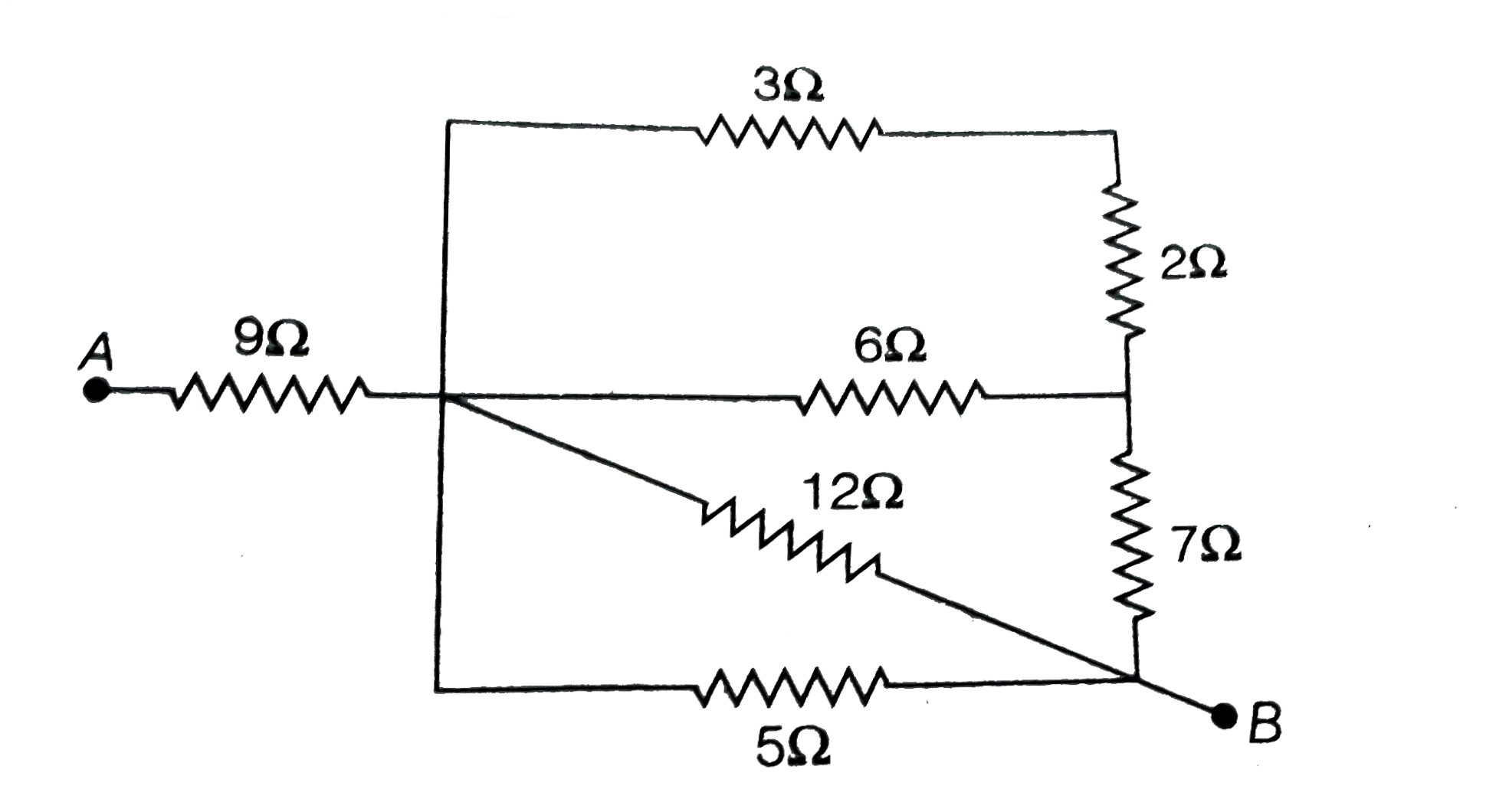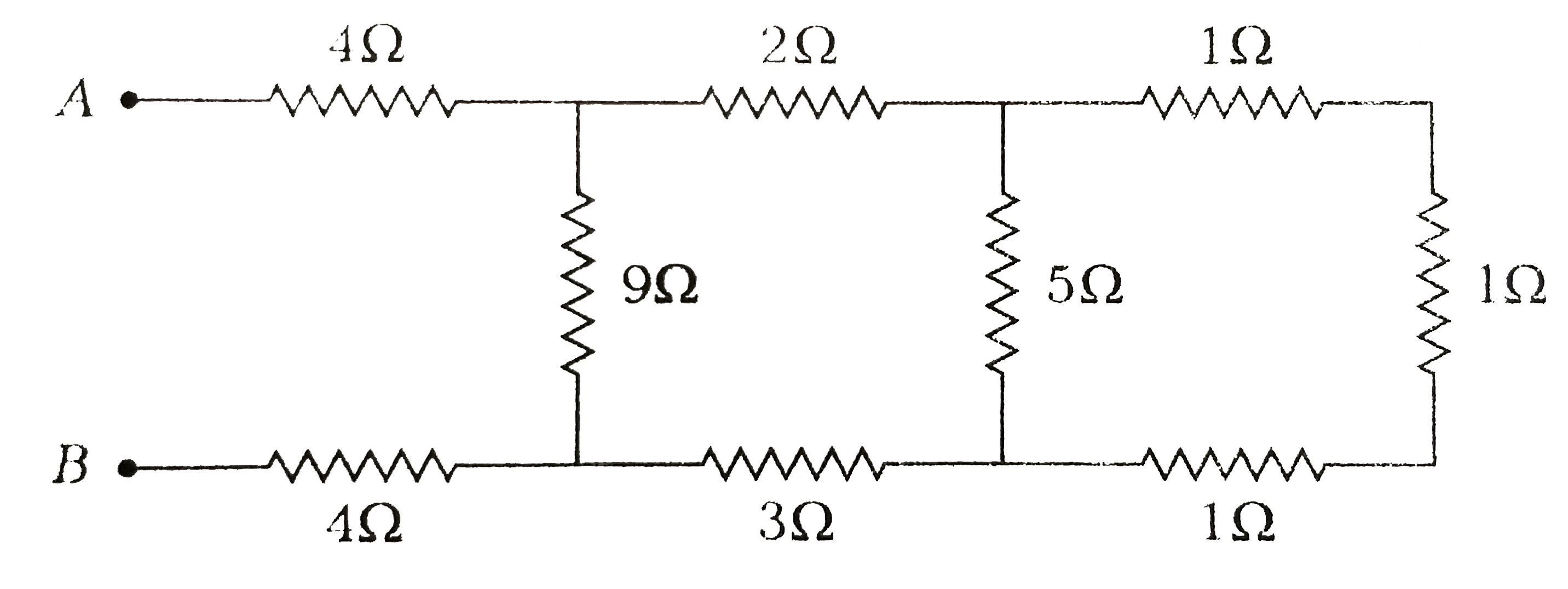In the following circuit the equivalent resistance between A and B is :-
203Ω
10Ω
16Ω
20Ω
The correct Answer is:C
To find the equivalent resistance between points A and B in the given circuit, we need to analyze the circuit configuration and the behavior of the diode. Here’s a step-by-step solution:
Step 1: Identify the Circuit Configuration
We have a circuit with a diode and three resistors (8 ohms, 2 ohms, and 6 ohms). The diode is oriented in such a way that it is reverse-biased due to the voltage difference between points A and B.
Hint: Check the orientation of the diode and the voltage levels to determine if it is forward or reverse-biased.
Step 2: Analyze the Diode Behavior
Since the diode is reverse-biased (the positive side of the diode is connected to the lower potential and the negative side to the higher potential), it will not allow current to flow through it. This means that the path through the diode is effectively open.
Hint: Remember that a reverse-biased diode acts like an open circuit, blocking current flow.
Step 3: Determine the Current Flow
With the diode blocking current, we can see that the only current flow will be through the resistors that are not affected by the diode. The resistors in the circuit are 8 ohms, 2 ohms, and 6 ohms, and they are connected in series.
Hint: Identify which resistors are in series and which paths are blocked by the diode.
Step 4: Calculate the Equivalent Resistance
For resistors in series, the equivalent resistance (R_eq) is simply the sum of the individual resistances. Therefore, we calculate:
Req=R1+R2+R3
Where:
- R1=8ohms
- R2=2ohms
- R3=6ohms
Calculating this gives:
Req=8+2+6=16ohms
Hint: When resistors are in series, simply add their resistances together.
Step 5: Conclusion
The equivalent resistance between points A and B is 16 ohms.
Final Answer: The equivalent resistance between A and B is 16 ohms.
We have a circuit with a diode and three resistors (8 ohms, 2 ohms, and 6 ohms). The diode is oriented in such a way that it is reverse-biased due to the voltage difference between points A and B.
Since the diode is reverse-biased (the positive side of the diode is connected to the lower potential and the negative side to the higher potential), it will not allow current to flow through it. This means that the path through the diode is effectively open.
With the diode blocking current, we can see that the only current flow will be through the resistors that are not affected by the diode. The resistors in the circuit are 8 ohms, 2 ohms, and 6 ohms, and they are connected in series.
For resistors in series, the equivalent resistance (R_eq) is simply the sum of the individual resistances. Therefore, we calculate:
- R1=8ohms
- R2=2ohms
- R3=6ohms
The equivalent resistance between points A and B is 16 ohms.
Topper's Solved these Questions
Similar Questions
Knowledge Check
Equivalent resistance between A and B will be
 A2 ohmB18 ohmC6 ohmD3.6 ohm
A2 ohmB18 ohmC6 ohmD3.6 ohmFor the circuit shown in fig. the equivalent resistance between A and C is
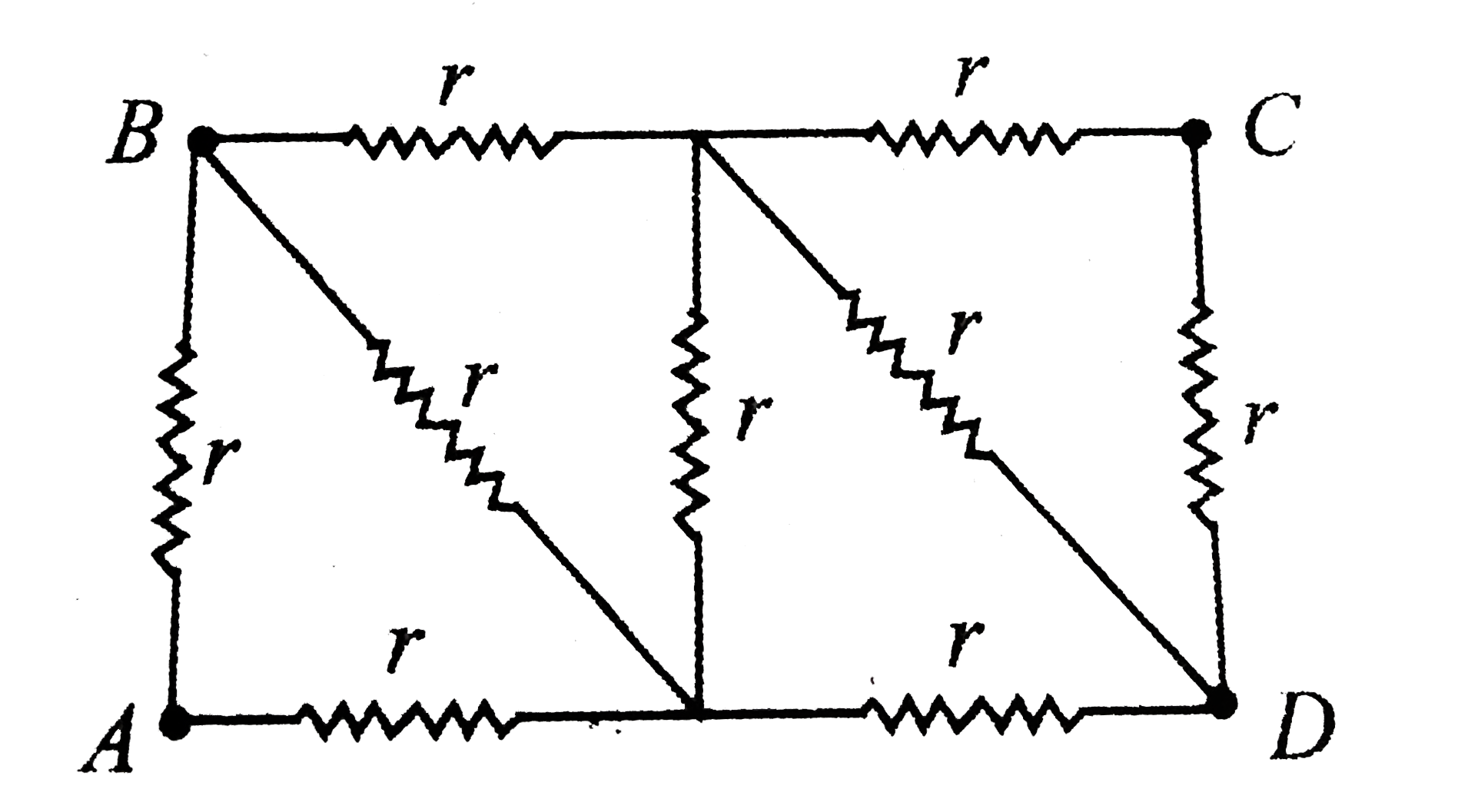 A1211rB1311rC1411rD1511r
A1211rB1311rC1411rD1511rConsider the circuit as shown in figure. The equivalent resistance between A and B is
 A97ΩB19ΩC79ΩDNone
A97ΩB19ΩC79ΩDNone
The equivalent resistance between A and B in the given circuit is:
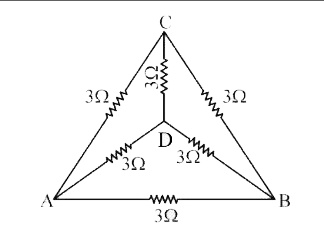
View SolutionFind the equivalent resistance between A and B in the following cases

View SolutionIn the circuit shown in figure, the equivalent resistance between and is __________ Ω.
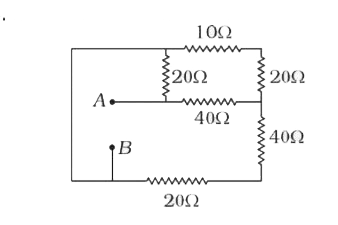
View SolutionThe equivalent resistance between A and B in the following figure is :
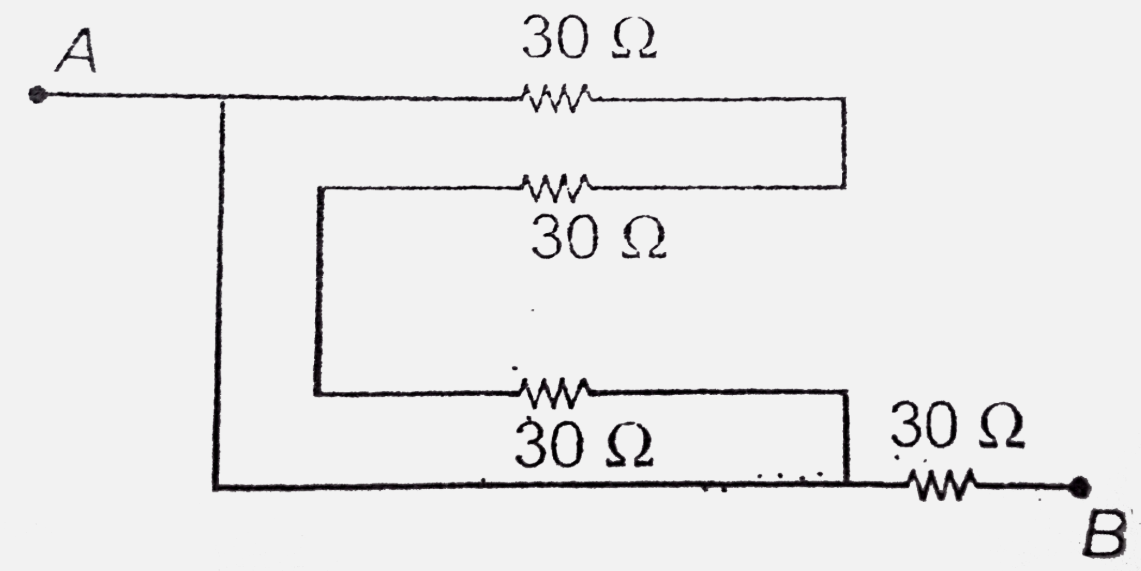
View SolutionWhat is the equivalent resistance between A and B in the given circuit?
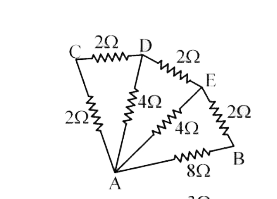
View Solution


